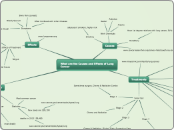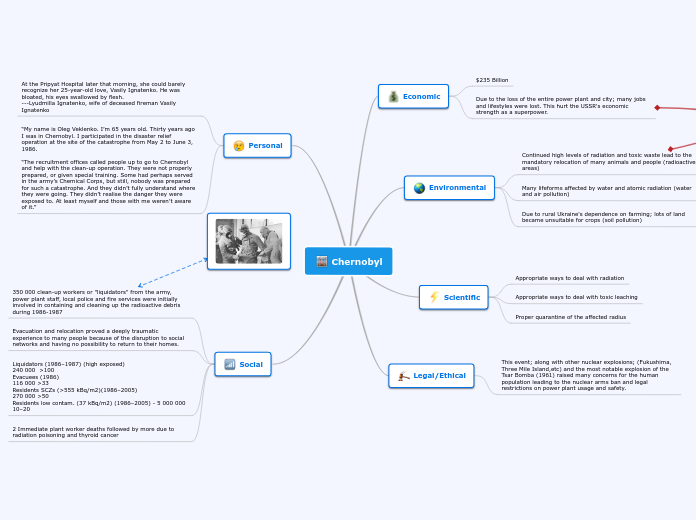by Nutcha Kitkerdsaeng 6 years ago
284
Level 1 - Element, Compound, MIxtures
Matter exists in various forms, including elements, compounds, and mixtures. Elements are pure substances composed of only one type of atom, while compounds are formed from chemical reactions between different elements, resulting in new substances with unique properties.









